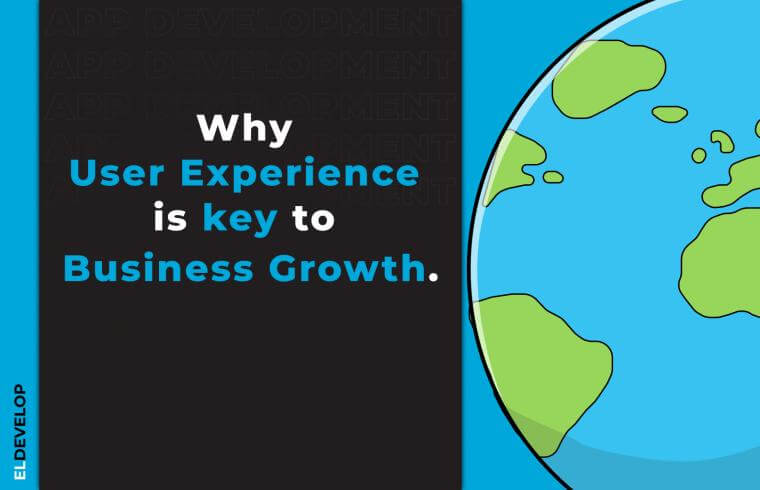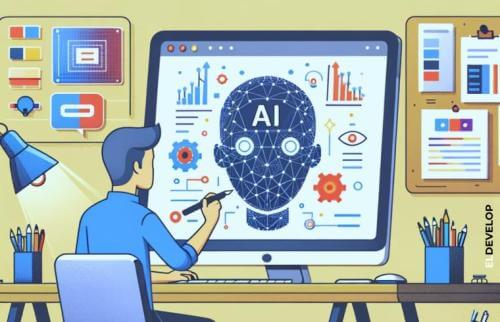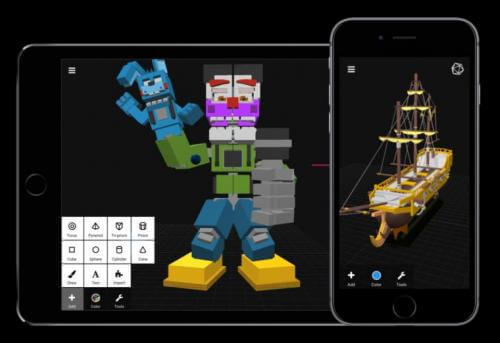
Why User Experience is key to business growth.
The heightened reliance on online services during the pandemic has elevated user experience (UX) as the foremost consideration for consumers, surpassing other service-related factors. The pandemic not only underscored the practical significance of UX but also intensified its emotional impact. Users turned to digital services for health and safety reasons, emphasizing the pivotal roles of accessibility and data security. In a digital landscape flooded with options, users now demand digital tools and platforms to be not only intuitive, efficient, and reliable but also seamlessly designed to compete for their attention and loyalty.
Understanding the Evolution of User Experience
UX has emerged as a linchpin for sustained success and adaptability, providing businesses with the capability to gather real-time feedback, implement iterative improvements, and stay relevant. Concurrently, the prominence of rapid prototyping has surged, enabling product teams to expedite the development and testing of ideas. This ensures that the final product aligns with user expectations, responding to the evolving dynamics of the economic world, political environment, and the changing nature of human needs, behaviors, and desires.
An Elevated Focus on ROI
Quantifiable in its impact on conversion rates, customer loyalty, and brand reputation, UX has become a focal point in product and service design and development.
Personalization and Customization Take Center Stage
Users now seek products tailored to their preferences, needs, and goals. UX design leverages data, artificial intelligence, and user feedback to craft more personalized and customized experiences.
The Rise of Voice User Interfaces (VUIs)
Voice assistants such as Amazon's Alexa and Google Assistant have prompted designers to create seamless voice-based user experiences, making voice interaction design an integral aspect of UX.
Best marketplaces for designers
Augmented Reality (AR) & Virtual Reality (VR)
The creation of immersive experiences across various sectors has evolved into a burgeoning industry, attracting steady incomes and growing in popularity.
Ethical Design Takes the Spotlight
A growing emphasis on ethical design practices, encompassing user privacy, data security, and transparent handling of user data, reflects users' heightened concerns in this area.
Sustainability and Green UX
There is an increasing awareness of the environmental impact of digital products, leading some UX designers to incorporate eco-friendly design principles.
The Symbiosis of User Experience and Rapid Prototyping
Rapid prototyping stands out as a crucial practice in UX design, empowering designers to create user-centered, cost-effective, and successful digital products by accelerating iteration, enhancing collaboration, and mitigating risks.
Accelerating Iteration
Rapid prototyping expedites the development of digital products by swiftly creating low-fidelity prototypes, enabling designers to identify and rectify usability issues early in the design process.
Programmer's Day 2024
Fostering User-Centered Design
Placing the user at the core of the design process, rapid prototyping allows designers to gather valuable user feedback early on, leading to more user-centric design solutions.
Minimizing Risk and Costs
Rapid prototyping in UX design reduces the risk of potential problems during development or post-launch, saving financial resources and protecting the reputation of the product and brand.
Promoting Collaboration and Communication
Interactive prototypes serve as a common language among cross-functional teams, fostering collaboration and open communication throughout the development process.
Exemplary Case Studies
Leading companies, from industry giants to nimble startups, acknowledge that rapid prototyping is not just a design practice but a mindset committed to prioritizing user needs and continuous improvement.
In the ever-evolving digital landscape, the synergy between UX design and rapid prototyping is more critical than ever. As we navigate shifting user expectations, emerging technologies, and dynamic markets, the ability to swiftly conceive, test, and refine user experiences becomes a competitive advantage. Looking ahead, the future of UX design rests at the intersection of technology and empathy, where human-centered design principles drive innovation, and rapid prototyping propels us forward into a journey of discovery, improvement, and endless possibilities.
Recent Articles
- A Case Story: How Academic Research Helped Predict Software Failures Before They Happened Every software team has faced this mom
- Happy New Year 2026
- Behavioural Design as a UX Trend in Mobile Apps for 2026
- MyCountdown — a personal event tracker for iOS
- Why Quality Assurance Is the Unsung Hero of Web Development


